What is induction heating?
Induction heating is a method used to rapidly heat conductive objects, typically metals, by utilizing electromagnetic induction and the heat produced by the eddy current within the object.
This form of heating involves inducing an electric current directly into the component being heated, resulting in efficient and precise heating. Moreover, induction heating is a non-contact heating technique, making it ideal for various applications.
How does induction heating work?
The object is subjected to a rapidly alternating magnetic field, which results in the generation of eddy currents within the conductor. These eddy currents, flowing through the resistance of the material, lead to its heating through Joule heating. Induction heaters consist of an electromagnet and an electronic oscillator that supply high-frequency alternating current (AC) to the electromagnet.
Heat is also generated in ferromagnetic materials like iron due to hysteresis losses. The frequency of the current employed depends on various factors such as the size and type of the object, coupling between the working coil and the object, and depth of penetration.
Induction heating applications
Induction heating is a highly efficient technique that finds extensive applications in various processes, including brazing, soldering, and shrink fitting.
Numerous companies across industries like automotive, medical devices, and aerospace have successfully implemented induction heating to enhance their manufacturing processes. Its effectiveness and reliability make it an indispensable tool in these industries.
The following questions will help explain the working principle of induction heating
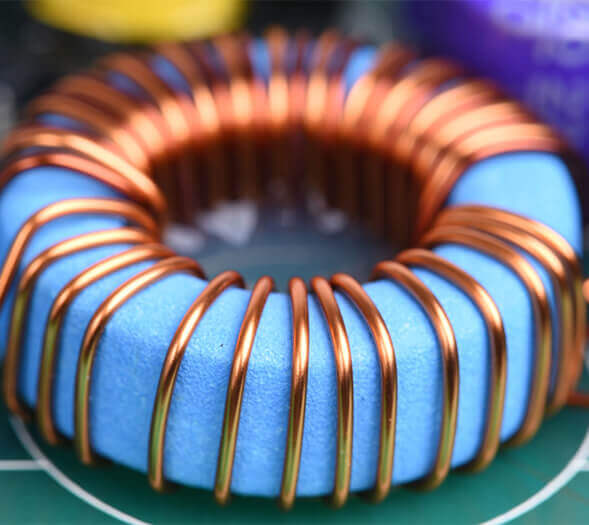
Induction heating applications
The operating frequency of an induction heating system refers to the frequency of alternating current (AC) or radio frequency (RF) used in the induction coils to generate a rapidly alternating magnetic field. This magnetic field induces eddy currents in the conductive workpiece, causing resistive heating and increasing the temperature of the workpiece.
In induction heating systems, the operating frequency typically ranges from a few hundred hertz (Hz) to several megahertz (MHz). Operating frequency affects penetration depth and heating rate.
In general, higher frequencies provide faster, more precise heating and are ideal for applications requiring localized heating or rapid heating of thin materials. On the other hand, lower frequencies provide deeper penetration, making them suitable for bulk heating of larger and thicker materials.
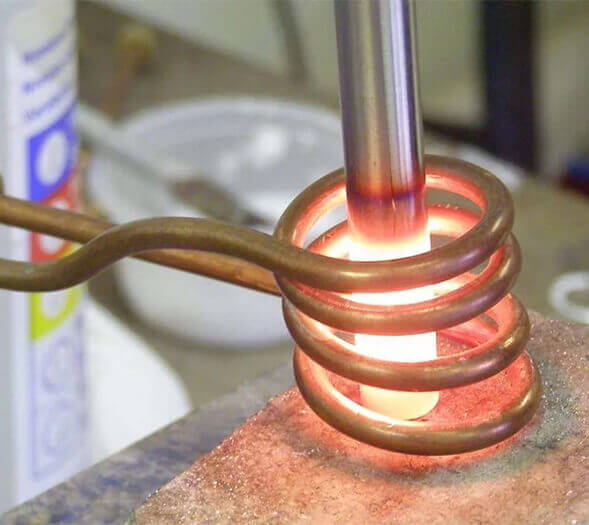
Does Induction Heat Magnetic Materials?
Magnetic materials are particularly suitable for induction heating due to their electrical conductivity and magnetic properties. When magnetic materials are subjected to an alternating magnetic field generated by an induction coil, they experience a phenomenon known as hysteresis heating.
Hysteretic heating occurs because magnetic materials exhibit hysteresis, meaning that there is a lag in their magnetization response to changes in an applied magnetic field. When the alternating magnetic field of the induction coil changes direction rapidly, the magnetic domains within the material rearrange themselves, causing energy loss due to internal friction.
When working with a magnetic workpiece material, like carbon steel, induction heating offers two effective methods for heating: eddy current heating and hysteresis heating. Hysteresis heating is particularly efficient when the material reaches its Curie temperature (600°C or 1100°F for steel), causing the permeability to decrease to 1 and allowing the remaining eddy currents to generate heat.
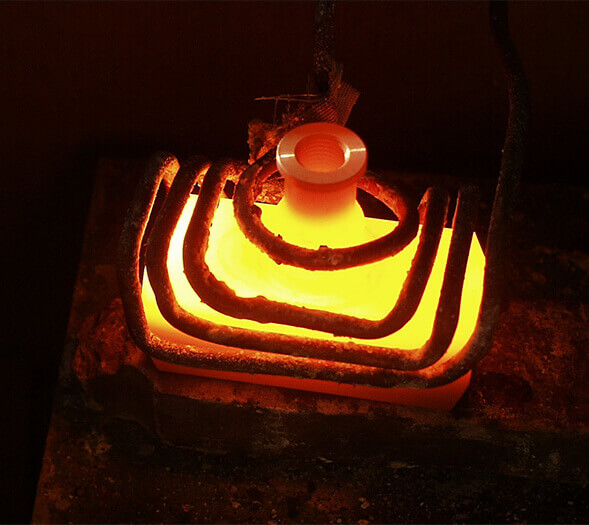
What Is The Heating Depth Of Penetration?
The heating penetration depth refers to the distance that the induction heat can effectively penetrate to the surface of the heated material. The penetration depth of induction heating is determined by several factors, including the electrical and magnetic properties of the material, the frequency of the alternating magnetic field, and the heating time.
When an electric current is induced in the workpiece, it will primarily flow on the surface due to the skin effect. As a result, approximately 80% of the heat generated within the part is concentrated in its outer layers. It’s worth noting that higher operating frequencies result in shallower skin depths, while lower operating frequencies result in thicker skin depths and greater penetration depths.
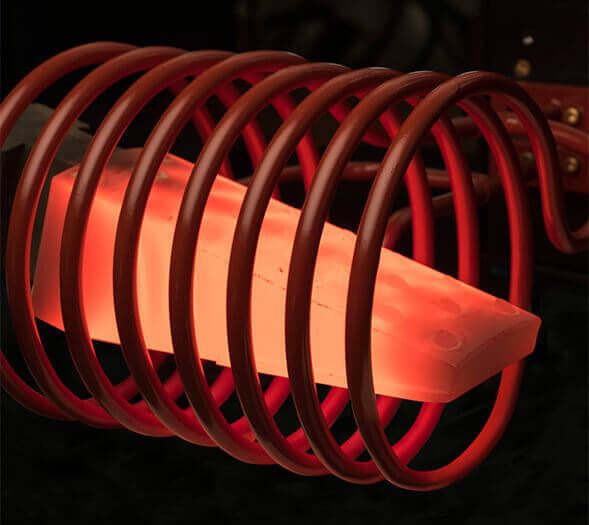
How Important Is Coupling Efficiency?
Coupling efficiency refers to the degree to which the electromagnetic energy generated by the induction coil is transferred to the workpiece for heating. High coupling efficiency means that most of the energy generated is effectively used to heat the workpiece, while low coupling efficiency means energy loss and reduced heating efficiency.
Coupling efficiency is critical in induction heating processes as it directly affects heating efficiency, energy efficiency, system reliability and overall process control. Many factors in an induction heating system can be adjusted to match the coils and optimize coupling efficiency.
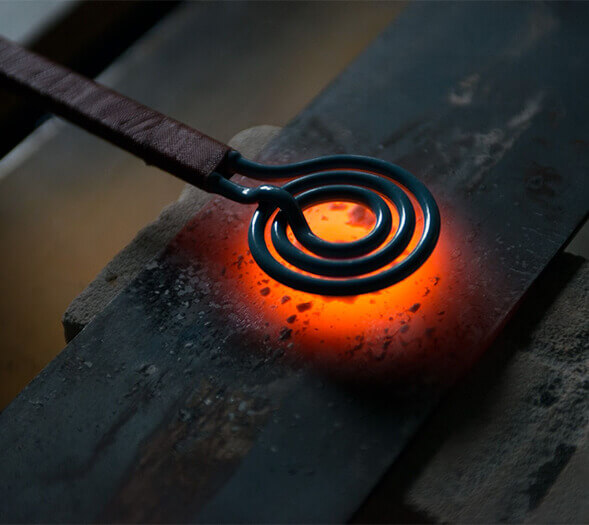
Is Coil Design Important In An Induction Heating System?
The design of the induction coil directly affects the efficiency, effectiveness and performance of the entire heating process. Carefully designed coils ensure optimal energy transfer, precise heating control and uniform temperature distribution within the workpiece.
To ensure maximum efficiency in induction heating, it is important to have the workpiece positioned within the induction coil. However, if your specific process restricts the placement of the workpiece inside the coil, an alternative solution is to position the coil inside the workpiece itself. This allows for optimal heating and ensures effective induction heating throughout your operation.


